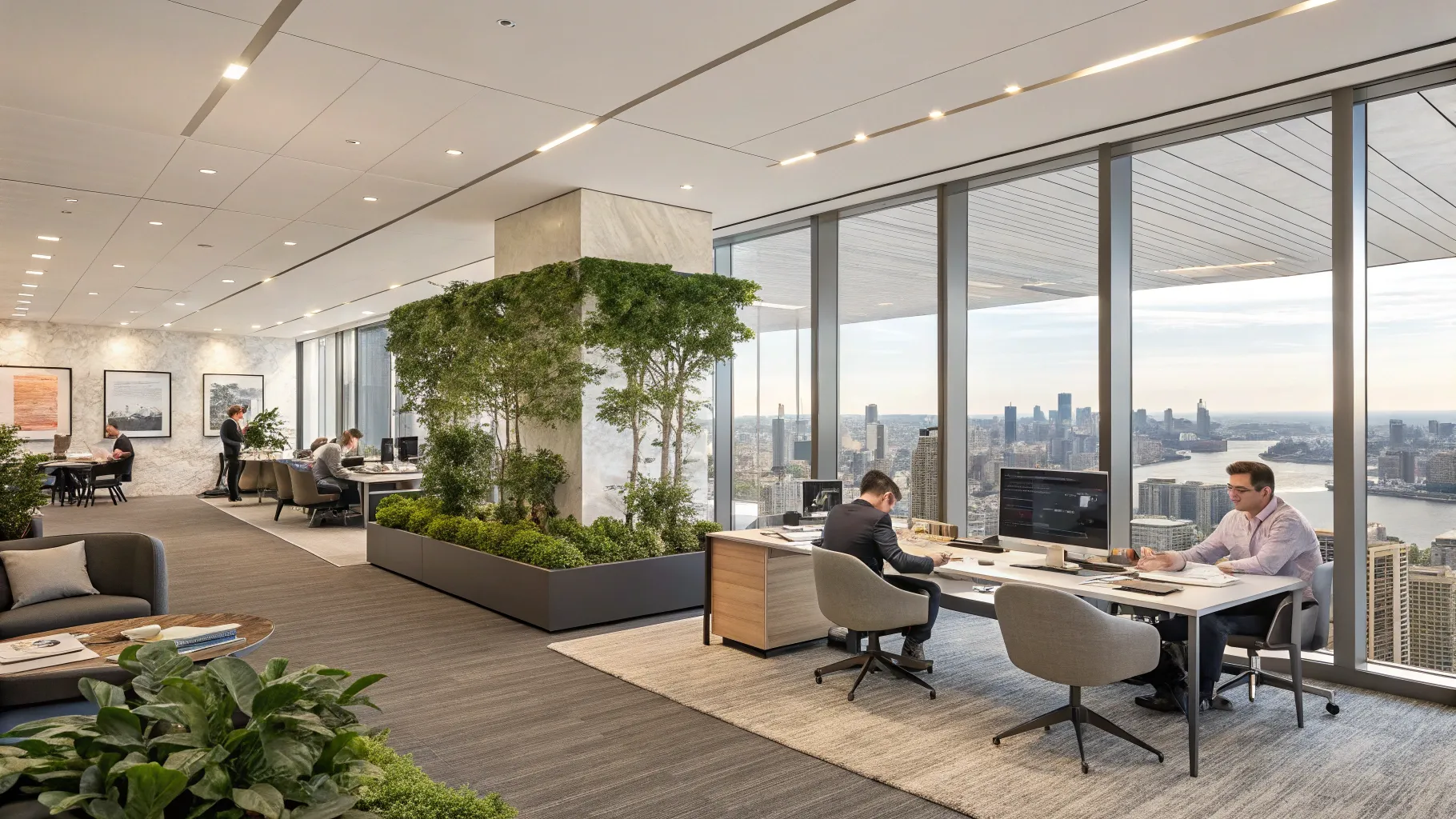The Malin expects to generate $20 million in revenue this year, signaling strong demand for its
premium workspaces and amenities amid a crowded market for flexible offices.
The company framed the outlook as the result of steady bookings and interest in higher-end features. It did not share timing details, but the projection suggests growing traction with professionals and teams willing to pay for design, privacy, and service.
“The Malin is on track to bring in $20 million in revenue this year with luxury amenities and in-demand spaces.”
The announcement adds urgency to the race among workspace providers to win longer-term members and corporate clients. It also raises questions about sustainability, pricing power, and the durability of demand for high-touch offerings.
Flexible Offices Move Upmarket
Flexible work did not fade with office reopenings. Many
companies now mix remote work with meeting days and project sprints. That has increased interest in turnkey spaces that are available on shorter terms.
Premium operators have leaned into hospitality. They offer concierge desks, meeting rooms, quiet libraries, and event programming. Design and comfort have become part of the pitch to draw people out of their homes.
The Malin’s message fits that trend. Its focus on “
luxury amenities” suggests a strategy aimed at solo professionals, small teams, and satellite offices that want calm, privacy, and brand polish.
The Amenities Play
The company highlighted features and space types rather than square footage or location count. That framing points to a service-led model. Members may be buying experience as much as desks.
Premium features often include staffed reception, tech-enabled meeting rooms, daylit lounges, and ergonomic furniture. Food and beverage options, lockers, and phone booths round out the mix.
Service can
set pricing. It also raises costs. Operators must manage staffing, maintenance, and fit-out expenses while keeping occupancy high.
Who Buys Luxury Workspaces
Demand for quiet, polished environments tends to come from consultants, creative firms, legal and finance teams, and fast-growing startups. These members value privacy and presentation for client work.
Companies also use premium spaces for off-sites and project rooms. That creates episodic demand and a need for flexible booking tools.
- Individuals seek quiet zones and reliable meeting rooms.
- Small teams want private suites with shared amenities.
- Enterprises book short-term spaces for sprints and workshops.
Risks and Competitive Pressures
The upmarket push faces risks. Memberships are discretionary and can drop during slowdowns. Lease obligations and high build-out costs add pressure if occupancy slips.
Competition is also intense. Landlords are launching their own flex products. Hotels rent meeting rooms by the day. Independent operators court the same clients with similar features.
To stand out, providers rely on design, service consistency, and location. They also court corporate accounts to secure recurring bookings and reduce churn.
Signals Behind the $20 Million Target
While the company did not break down pricing or occupancy, the outlook implies steady utilization and pricing discipline. It also suggests confidence in pipeline bookings for the rest of the year.
A revenue target of this size points to either multiple locations or premium rates with high turnover of meeting spaces. It may also reflect growth in private suites, which command higher fees than open desks.
What Comes Next
The key variables are occupancy, retention, and margins. If demand for curated spaces holds, premium operators can expand with measured openings and strong pre-sales.
Signals to watch include new location announcements, shifts in pricing, and partnerships with landlords or enterprises. Growth in event and meeting revenue would also support the focus on amenities.
The Malin’s target
sets a clear benchmark for the year. It hints at a customer base willing to pay for calm, design, and service. The next test will be durability through seasonal swings and budget resets.






